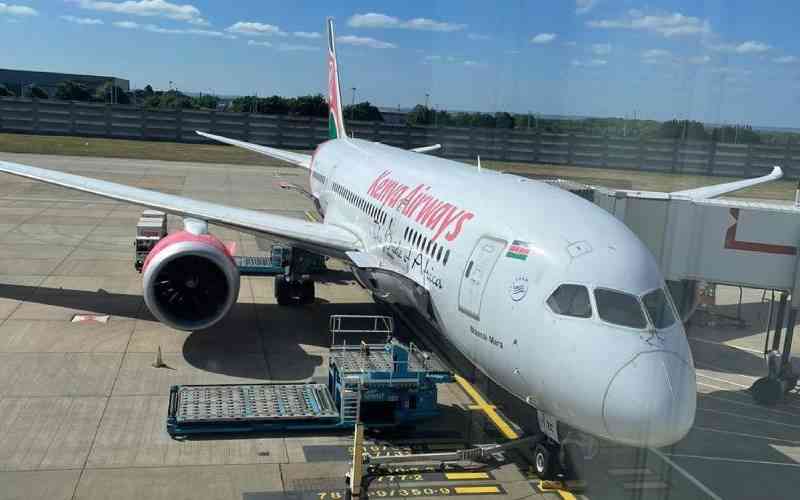×
The Standard e-Paper
Kenya's Bold Newspaper

In this lifetime, you should have at least boarded a plane either locally, internationally, or better yet, seen one in the skies.
It is human to marvel and admire the sleek aluminum bird defying gravity and soaring through the boundless skies with prowess despite carrying in its belly, hundreds of passengers and tons of cargo and floating effortlessly above the clouds.